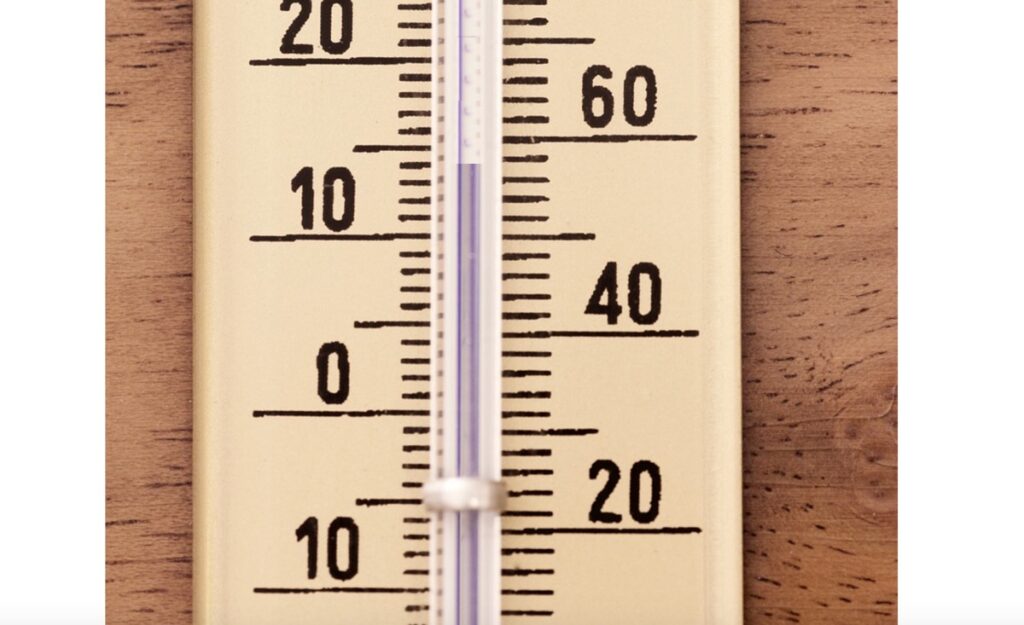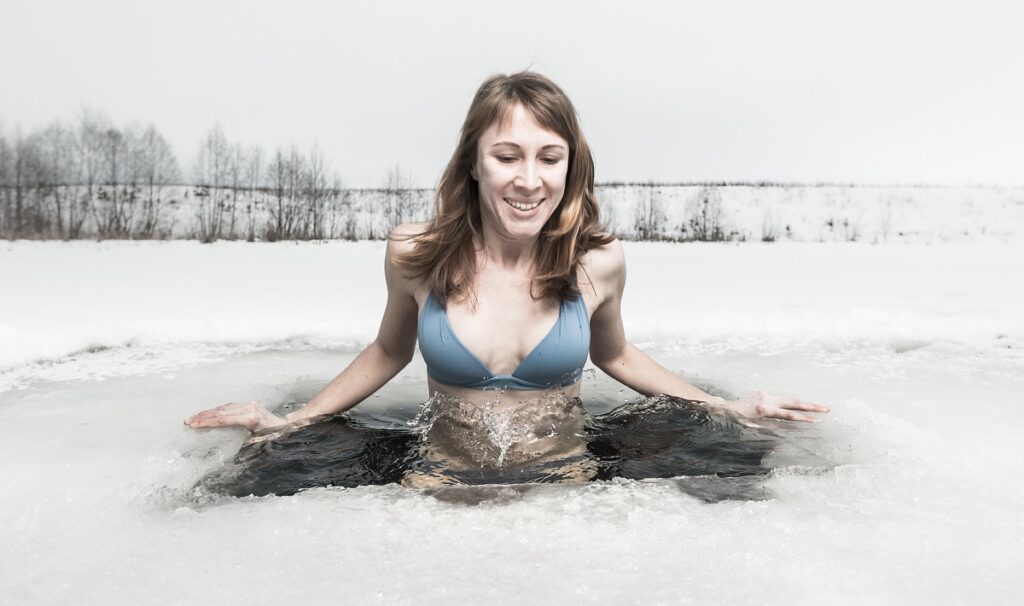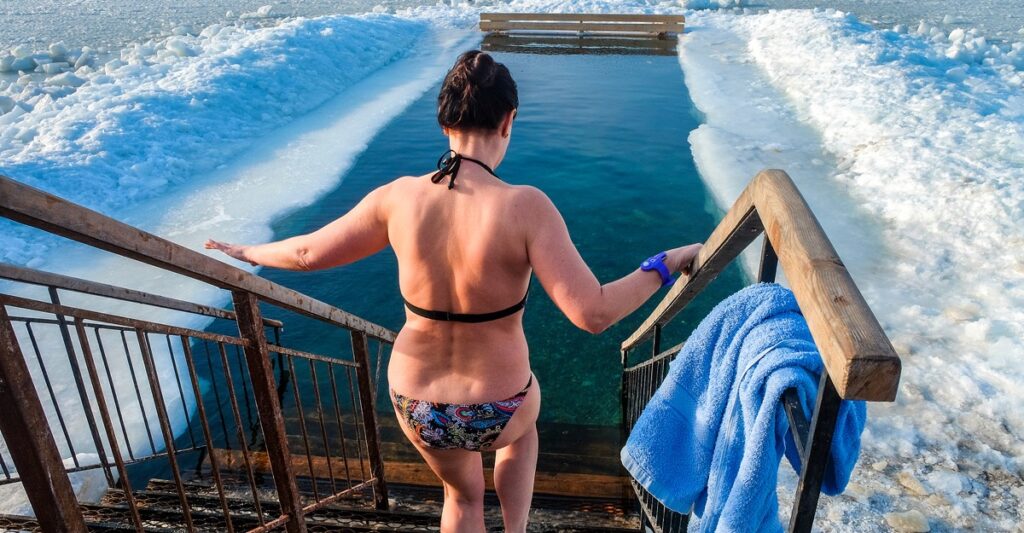Ice baths have gained popularity among athletes and fitness enthusiasts for their ability to speed up recovery, reduce muscle soreness, and decrease inflammation after intense physical activity. However, the effectiveness of an ice bath largely depends on maintaining the proper temperature. Too cold, and it can pose health risks; too warm, and its recovery benefits may diminish. In this article, we’ll explore the optimal ice bath temperature, factors to consider, and tips for safe cold therapy.
Optimal Temperature for an Ice Bath
The ideal temperature range for an ice bath is between 50°F and 59°F (10°C to 15°C). This range provides the right balance between stimulating muscle recovery and avoiding risks associated with excessively cold water. Temperatures lower than 50°F can cause discomfort, numbness, and even lead to hypothermia, especially if you remain submerged for too long.
For athletes, the goal of an ice bath is to lower muscle temperature, reduce swelling, and decrease inflammation after strenuous activity. The cold water constricts blood vessels, flushes out metabolic waste, and helps reduce delayed onset muscle soreness (DOMS). Staying within the recommended temperature range allows you to achieve these benefits without overexposing your body to extreme cold.
Factors Affecting Ice Bath Temperature
- Duration of Bath: Ice baths typically last between 10 and 15 minutes. Shorter baths may allow for colder water, while longer sessions might require slightly warmer water to avoid hypothermia.
- Body Type and Size: Larger or more muscular individuals often tolerate colder temperatures better than those with smaller or leaner body types. Adjust the temperature accordingly for comfort and safety.
- Injury or Condition Being Treated: Specific injuries or recovery goals may influence the appropriate temperature. For example, recovering from a high-intensity workout might warrant a colder bath, while injury recovery may benefit from a more moderate temperature.
How to Prepare the Perfect Ice Bath
To prepare a safe and effective ice bath, follow these steps:
- Fill a Bathtub with cold water up to a level where your legs or body can be fully submerged.
- Add Ice to bring the temperature down to the ideal range of 50°F to 59°F. You can use a thermometer to monitor the water temperature.
- Test the Water: Step into the water slowly to gauge your body’s reaction to the cold.
- Monitor Your Time: Stay in the bath for about 10 to 15 minutes, adjusting the time based on your body’s response.
If you feel any signs of excessive cold exposure, such as intense shivering, numbness, or discomfort, it’s best to get out of the bath.
Risks of Using the Wrong Temperature
- Too Cold: Water colder than 50°F (10C) can increase the risk of hypothermia, causing your body temperature to drop too quickly. Cold exposure can also lead to frostbite or other complications if not monitored closely.
- Too Warm: A bath warmer than 59°F (15C) won’t provide the same level of muscle recovery and inflammation reduction. The physiological benefits of vasoconstriction and waste flushing are less effective in warmer water.
Best Practices for Safe Ice Bathing
- Keep It Short: 10 to 15 minutes is usually enough for most people.
- Gradual Exposure: If you’re new to ice baths, start with shorter sessions and gradually work up to colder temperatures and longer durations.
- Partial Submersion: Avoid fully submerging your head. Keep it above the water to reduce the risk of shock and maintain body temperature.
- Supervision: If you’re new to ice baths, have someone nearby to monitor your safety.
Alternatives to Ice Baths
If ice baths feel too intense or are difficult to prepare, there are alternatives that can still provide cold therapy benefits:
- Cold Showers: Easier to access and manage, cold showers can still help with muscle recovery, though the effects may not be as pronounced as an ice bath.
- Cryotherapy Chambers: These high-tech chambers expose the body to extremely cold temperatures for short periods, offering more controlled cold therapy with less discomfort than a traditional ice bath.
For most people, the ideal temperature for an ice bath falls between 50°F and 59°F. This range allows for effective muscle recovery without posing significant risks. It’s important to gradually expose your body to cold therapy, stay within the recommended time frame, and always listen to your body’s signals. By following these guidelines, you can safely incorporate ice baths into your recovery routine and enjoy their many benefits.
FAQs
1. What is the minimum safe temperature for an ice bath?
- The minimum safe temperature is around 50°F (10C). Going lower can increase the risk of hypothermia and cold-related injuries.
2. How long should I stay in an ice bath?
- Aim for a duration of 10 to 15 minutes. Exceeding this time can lead to cold exposure risks.
3. Can I take an ice bath every day?
- While ice baths are effective, they should be used based on need. Daily use may not be necessary unless you’re undergoing intense physical activity.
4. Should I use ice baths after every workout?
- Ice baths are great for high-intensity workouts or competition recovery but may not be needed after every routine. It depends on the level of muscle soreness and inflammation.


